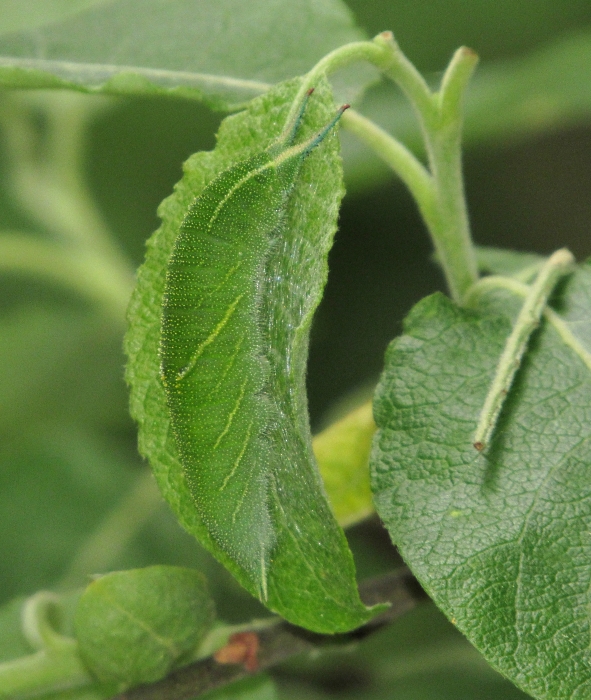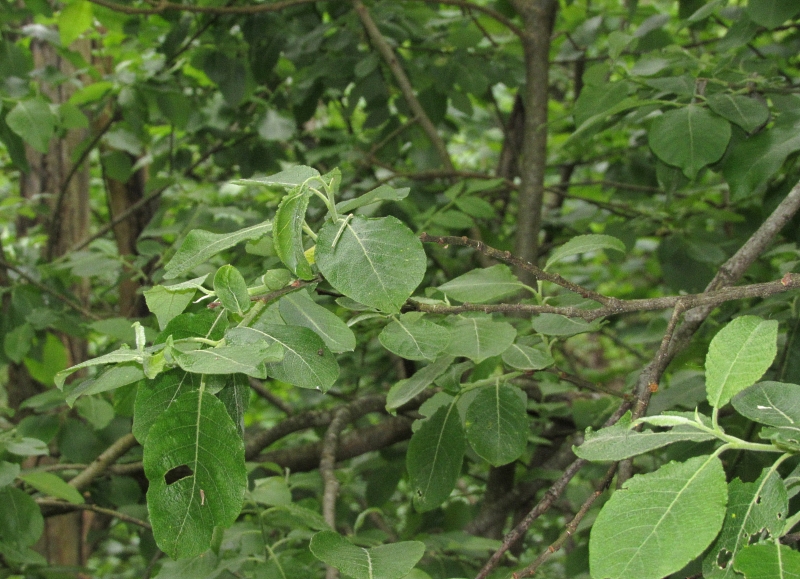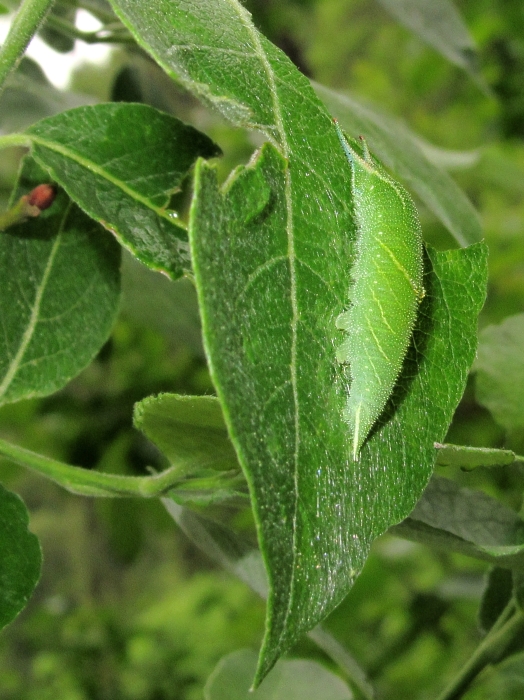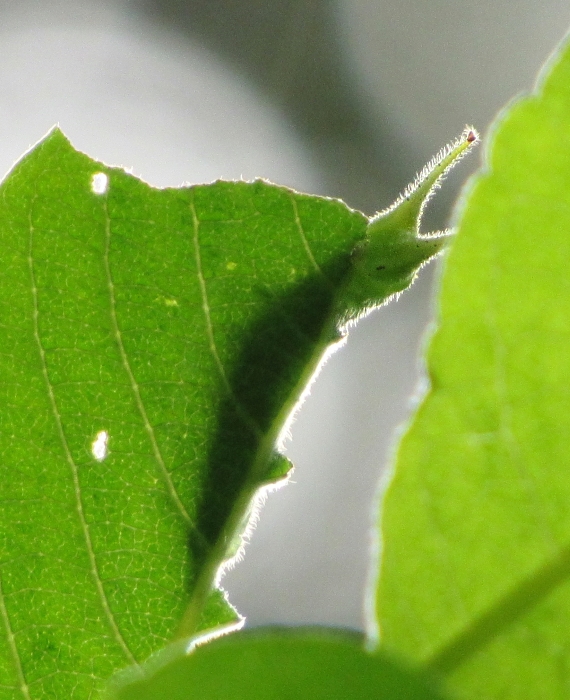For people wanting to discover Knepp Wildlands -
1 The key area is the 1750 acre block south of the A272 and west of the A24, south of Shipley and west of Dial Post.
2 Emperors are to be seen around all the sallow thickets, and especially on the leeward side of oaks.
3 Crucially, for photographers: Emperors rarely descend to the ground at Knepp. If you want photos of upper sides go to Fermyn Woods, Northants, where the population is almost as large and both sexes feed readily on the ride floor. The Knepp Emperors are primarily sap run feeders (which may explain why they are so incredibly violent - they're plastered on fermented sap...). At Knepp, you will obtain photos of territorial males perched on relatively low oak trees, from below, only.
4 Access. Visitors are welcome. Please park in the Safari / Camp Site car park to the NW of Dial Post, Satnav RH13 8NN. There are loos there. Elsewhere, parking is very limited or non-existent (and the road verges are very soft this season). Note that this is a big site and that walking is difficult, due to heavily poached clay - those with wobbly knees or ankles may struggle (I do).
5 Maps of recommended Emperor routes are available at Reception. I've produced maps and recording forms covering named and numbered territories along a recommended route - effectively a Purple Emperor transect. Please complete a form and leave it at Reception. We'll use the data at Knepp, and get it through to BC HQ and BC Sussex.
6 This is an 'early' site. My guess is that iris will be scarce there after July 20th this year and gone by August.
7 Neil and I are leading Purple Emperor Safaris (+ seriously good picnic) for the estate over the next few weekends. There are still some spaces available. See www.kneppsafaris.co.uk. Neil and I are both volunteers at Knepp.
8 Definitely no nets (you'd need at least a 20' net handle anyway, and there are a lot of staff on hand).

















